Sake is a traditional and beloved Japanese alcoholic beverage that plays an essential role in Japanese culture. With its delicate flavor and beautiful versatility, sake has garnered much love and popularity from connoisseurs all over the world! Interested in the brewing process and the complexities of this beverage? Grab a glass and sip along as we explore how sake is made, as well as breweries in Tokyo that make some of Japan’s finest sake!
What is Sake?
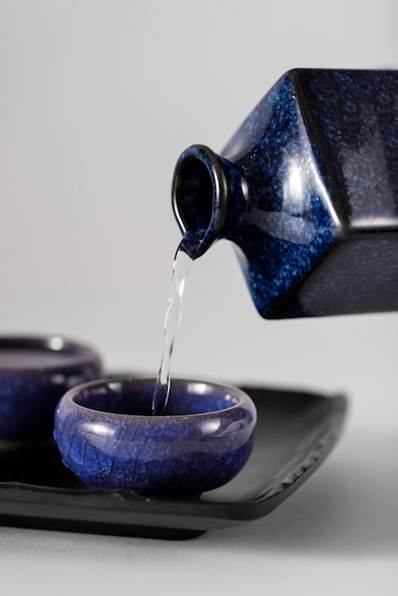
Japanese sake, known as nihonshu within the country, is an alcoholic beverage made from polished rice, water, yeast, and a special kind of mold called koji. It has a long history that dates back to 500BC, and it plays a significant role in Japanese culture. Used in everything from religious rituals, celebrations and festivals, casual- and fine dining, and it is even used in the cooking and preparation of everyday ingredients to produce delicious Japanese foods – truly demonstrating its masterful versatility as a liquor! Japanese sake even has its own official Sake Day in Japan, called Nihonshu no Hi, and it falls on October 1st, every year!
Being the national beverage of the country, it would not surprise you to know that just like whisky and beer, there are many different types of sake that can be enjoyed chilled, at room temperature, or warmed! It pairs beautifully with a variety of foods, from fresh sashimi and sushi, to a variety of fried or grilled meats and seafoods, cheeses, and even chocolate!
How Sake is Made
In the early days of sake production, sake used to be made by women who worked in shrines. This was a highly respectable profession, and they were highly regarded by society. Today, Japanese sake is brewed at breweries all around Japan!
1. Polish the rice
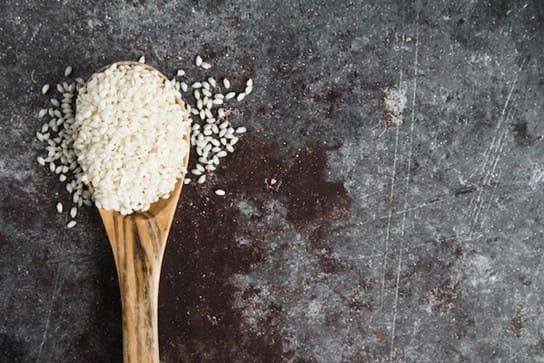
The rice for brewing sake is called sakamai, and there are at least 123 different kinds of sake rice in Japan! The grains of rice is larger, tougher, and has less protein and lipids than regular table rice. Premium sake is made with a higher percentage of sakamai, and non-premium versions are made entirely out of table rice.
Each individual grain of rice is polished to remove the outer layers of the grain, such as the husk and the lipids, vitamins, and proteins – which affect the taste of the liquor during the fermentation process. Some brewers remove over 60% of the rice grain in this process! What’s left behind after 2-3 days of milling, is a grain less than half its original size, that’s made of pure starch.
When more of the rice is polished away, more of the grain is required to make a batch of sake – which makes the production process longer, and naturally, more expensive. This results in a sake with a strong aroma and a light taste.
Sake made with rice that has been polished less doesn’t mean it is less delicious. The brewing process can be influenced with a variety of factors – resulting in fruity flavors, sweetness, and even sparkling qualities in the drink!
Also read: The Sake Spectrum: A Guide to Japan’s Diverse Brews on Your Next Drinking Tour
2. Washing, Soaking, and Steaming the Rice
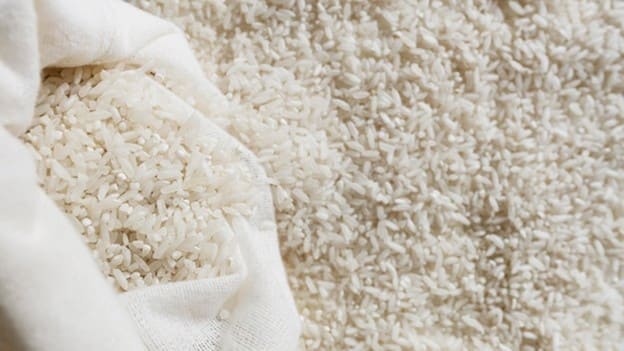
Water is involved in almost every major sake brewing process, and is an essential ingredient in the creation of Japanese sake. The polished rice is washed to remove any remaining rice powder from the milling process, and then soaked to hydrate the grains.
Most breweries use the pristine water from the Japanese mountains, and the differences in mineral content in the waters from various sources greatly affects the flavors of sake that each brewery produces! Soft waters usually result in sweeter sakes, and hard water produces dry sakes.
After soaking, the rice is then steamed to make it softer, and koji mold is then added to the rice.The steaming process makes it easier for the koji to convert the starches into sugars. As there are different kinds of koji, each kind has a different effect on the characteristics and flavor profile of the sake! Koji mold is also used in the production of miso and soy sauce.
3. Adding Yeast and Fermentation
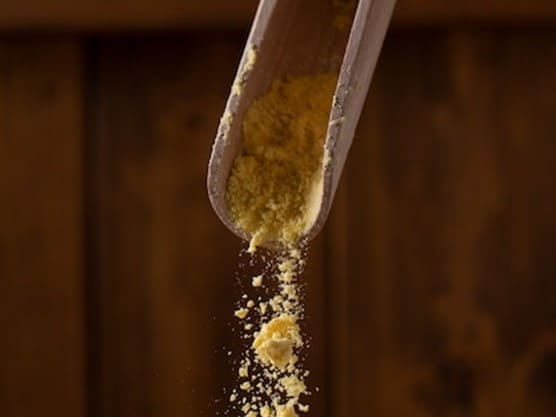
After the rice mash has been inoculated with koji, fermentation is closely monitored and takes place in large, stainless-steel vats in a 3-step process. First, a special sake yeast is added to the batch, and it is left to inoculate the batch. Next, more steamed rice, koji, and water are added to the batch – twice more in succession, after being left to ferment and inoculate over a few days. This entire process of controlled fermentation takes place over 2-3 weeks. During this time, the fermentation process converts the sugars into alcohol and carbon dioxide.
4. Pressing, Processing, and Aging
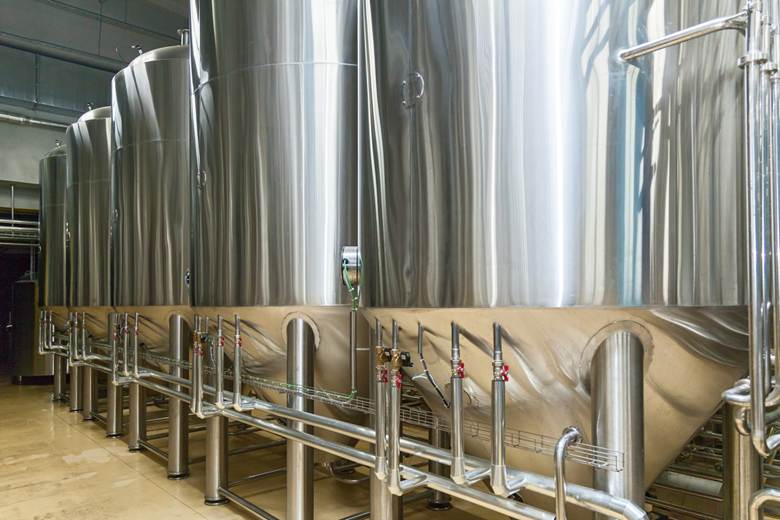
The fermented sake is then filtered to remove the solid rice residue through a cloth, or through a mechanical press, and is pasteurized to kill any remaining yeast or bacteria. This process stabilizes the flavors of the sake. The sake aging process largely depends on the brewery – some breweries bottle the liquor at this point, and the sake is aged within the bottles, whereas some breweries leave the finished sake in the stainless-steel tanks to age for several months before bottling. The maturation process of sake takes 9 – 12 months.
Sake by-products

Nothing is wasted in the sake-making process. The rice powder resulting from the milling process is often turned into popular Japanese snacks, like senbei (rice crackers), and traditional sweets, like dango. The rice mash is sometimes used in making a variety of tsukemono (pickles), amazake (a sweet rice drink served piping hot), and some sake breweries have even turned them into various dessert items like jellies, puddings, and cakes!
Breweries in Tokyo
Tokyo is one of the most renowned metropolitan cities, but it also has a sake brewing tradition of over 230 years! The Tokyo Sake Brewers Association has a list of all the sake brewers in Tokyo! Most of these sake breweries are located outside the metro area of Tokyo, but they can be visited directly for a brewery or sake-tasting tour.
Tokyo Port Brewery
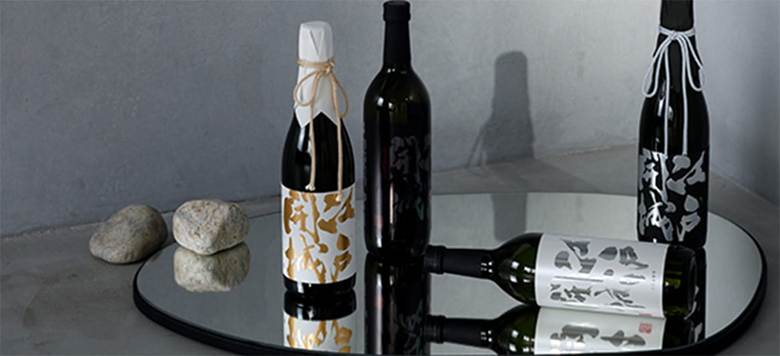
Located right in the heart of the city, Tokyo Port Brewery produces sake, doburoku, plum wine, shochu, and even mead! They specialize in microbrews, and produce small batches of fresh, high-quality products! This brewery is located in Minato City, near Odaiba and Shinbashi. While they do not have a brewery tour, they have a sake lounge where you can try all of their products with delicious food before you decide to buy any from the store!
Toshimaya Shuzo

Operating since 1596, Toshimaya Shuzo is one of the oldest breweries in Tokyo! Located in Higashimurayama city, they have sake brewery tours that take place only on Saturdays at 11:00am. No registration for the tour is required, but the tour costs 1,000JPY per person, which includes tasting. Masters of the craft, this brewery specializes in traditionally made, small batch sake, where every process is done by hand.
Ozawa Shuzo
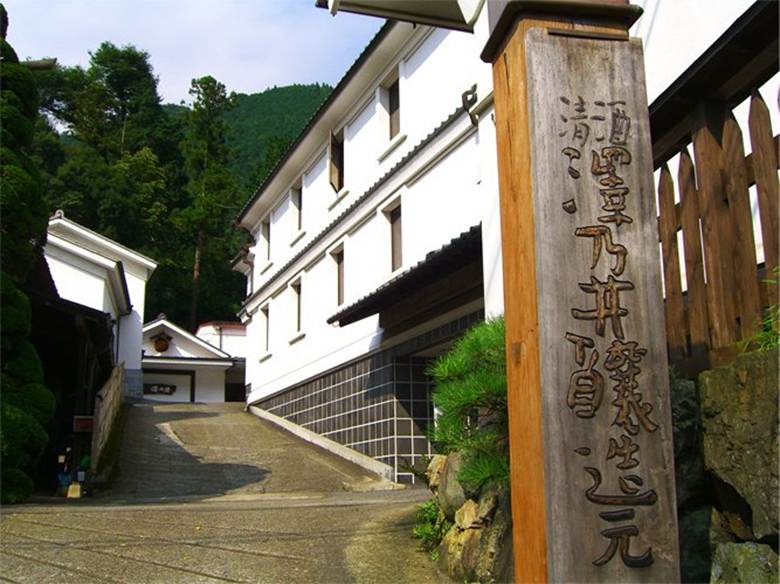
Ozawa Sake Brewery is a brewery located in Ome City, in the western area of Tokyo. It has a brewery tour that takes place twice a day. The tour requires reservations, but the tour is free, and reservations can be done on their website through a Google calendar booking system. This brewery has won multiple awards domestically as well as internationally for its sake! This visit makes for a beautiful day trip, with spectacular views of the mountains and Mitake valley!
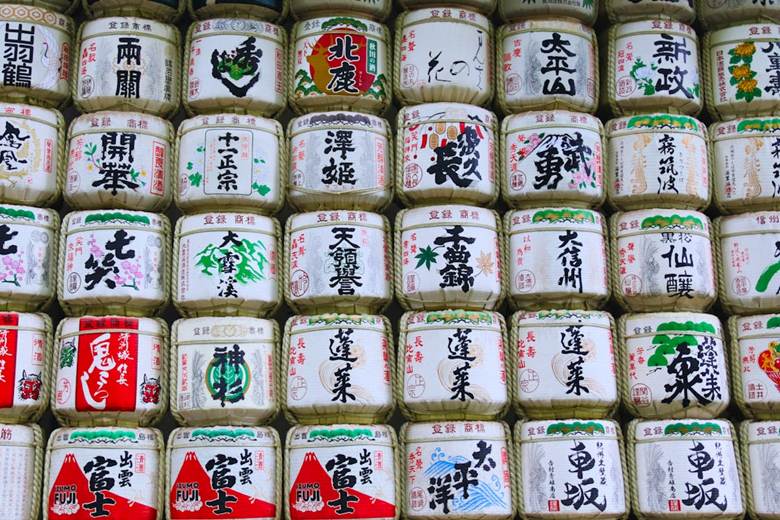
If you would like to go on an exclusive sake-tasting tour within Tokyo city, the experienced local tour guides at Best Experience Japan can help you navigate the scene! Conveniently located in vibrant Shinjuku, experience a variety of sakes – from sparkling, effervescent sakes, to richly textured, cloudy brews! Whether you’re just curious, or if you’re a proper sake connoisseur, this tour will introduce you to all things sake, and understand not only this complexities of this liquor, but also its cultural significance to Japanese society!
